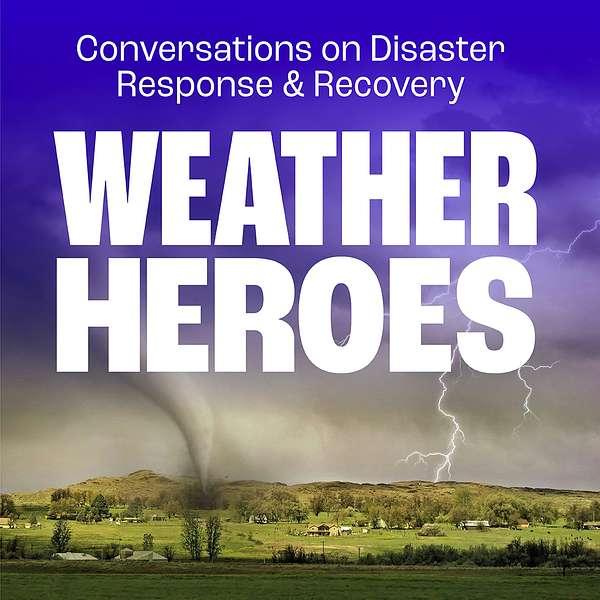
Weather Heroes
Weather Heroes takes you on an insightful journey into the essential realm of disaster preparedness and response. We introduce you to key weather experts from diverse backgrounds and industries, shedding light on their vital roles before and after extreme weather events.
The financial, environmental, and human costs of weather disasters are staggering. In 2023 alone, the National Oceanic and Atmospheric Administration (NOAA) reported 28 weather disasters, causing at least $92.9 billion in damage. This record-breaking year surpassed the previous high of 22 events in 2020. Since 1980, the U.S. has endured 376 major weather events, accumulating over $2.5 trillion in damages.
With the total damage estimate from 2024, including the L.A. Wildfire and the third costliest hurricane season (featuring Hurricane Helene), the overall cost will undoubtedly rise. Moreover, countless smaller-scale disasters also leave profound impacts on people's lives and properties.
Each weather event unfolds its own narrative, uniquely affecting individuals and communities. Weather Heroes connects you with those who rebuild lives—sharing stories of resilience and unwavering dedication.
Weather Heroes
National Weather Service Incident Meteorologists - Into the Danger Zone!
Did you know that the National Weather Service has a SWAT Team? Well, not quite SWAT, but pretty close! Today we talk with Robert Rickey who is an IMET – an Incident Meteorologist. They are a group of about 100 forecasters who go to where the danger is, in harm’s way. They primarily get deployed to wildfire events, but have worked at floods, hurricanes, tornadoes, and even oil spills. Their main goal is to provide weather information that keeps emergency responders, firefighters, and the public safe while adding valuable insight into the many pieces of the response puzzle. Robert and the other IMETs are invaluable part of our nations’ response operations and we are grateful for their dedication to our safety!
Robert joined the Incident Meteorologists program in 2017 and when he is not deployed, he serves as the Information Technology Officer at the NWS Flagstaff Weather Forecast Office. He started at the NWS in 2011 and his military background well prepared him for his IMET assignments.
A lesser known, but equally important duty IMETs have is to provide real-time forecasts for prescribed burns, also called beneficial fires. These burns help mitigate the potential for catastrophic wildfires.
Finally, we’ll hear why Smokey the Bear is still right. Thank you for joining us today.